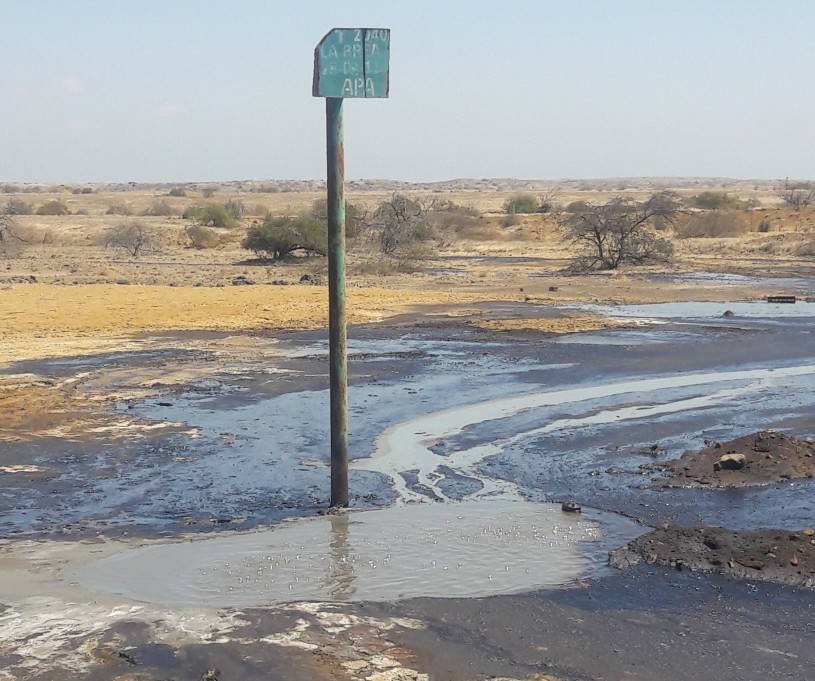Tar Pits in Peru
Talara lies within the Tumbesian Region of northwestern Peru. Today it is extremely arid, but the late Pleistocene fossil record tells us of a very different past as recent as 13,000 years ago. Giant armadillos, giant ground sloths, giant jaguars, cougars, and dire wolves roamed, as well as over 80 species of birds, many of which live near water today. More than 27,000 fossil bones and teeth, mostly of extinct megafauna, were collected by a team led by Gordon Edmund in 1958, and are presently housed in the Royal Ontario Museum in Canada. The Talara locality has been interpreted as a carnivore trap similar to Rancho La Brea, and recent field surveys have demonstrated that there are still many more fossils to be discovered!
The BREAS Project team conducted a reconnaissance expedition in 2018 in partnership with the Paleontological Institute at the Universidad Nacional de Piura, and we are laying the groundwork for a long-term, systematic collection program at the Talara Tar Seeps, the first in more than half a century.
Follow us on: Twitter Instagram Facebook #tarpitsoftheworld
References can be found here
